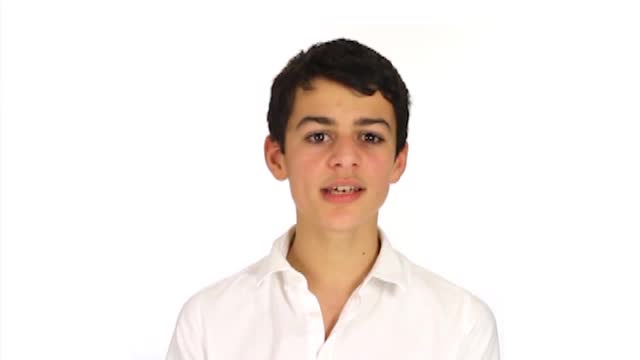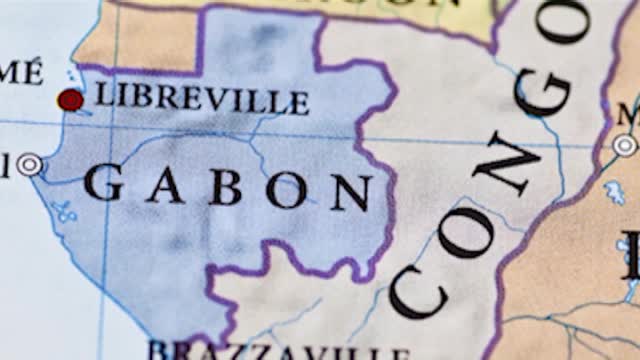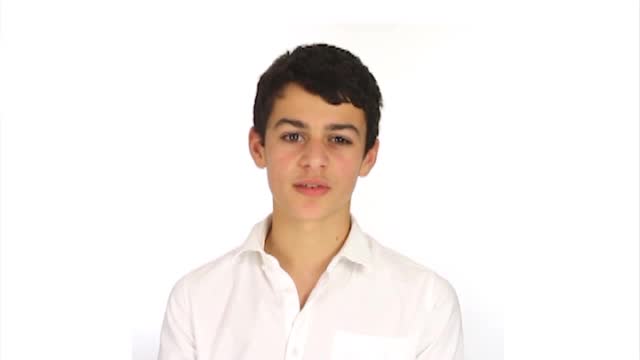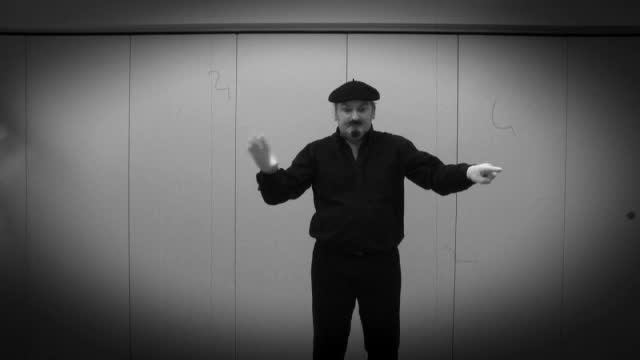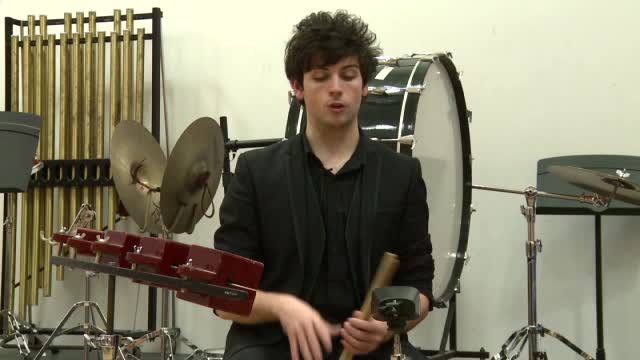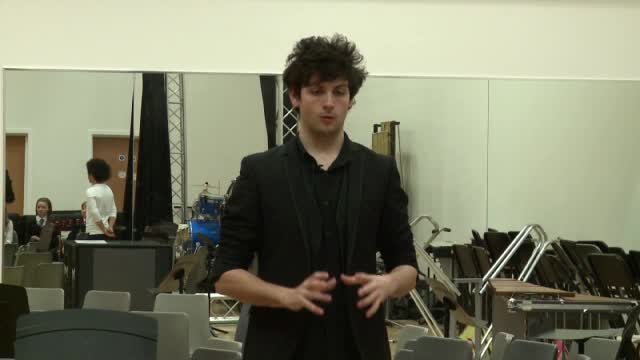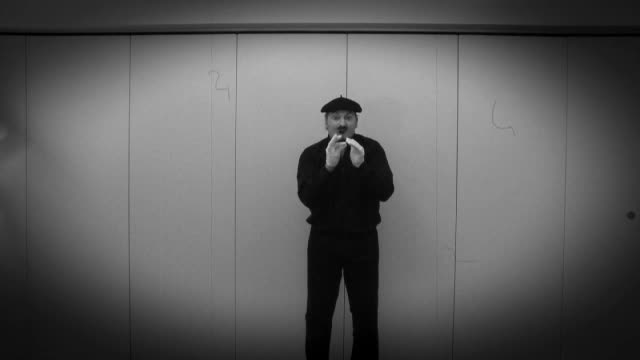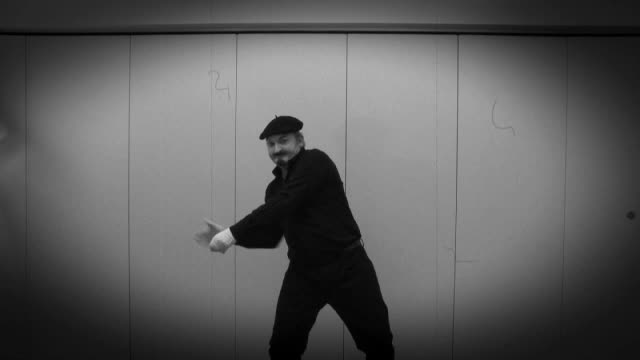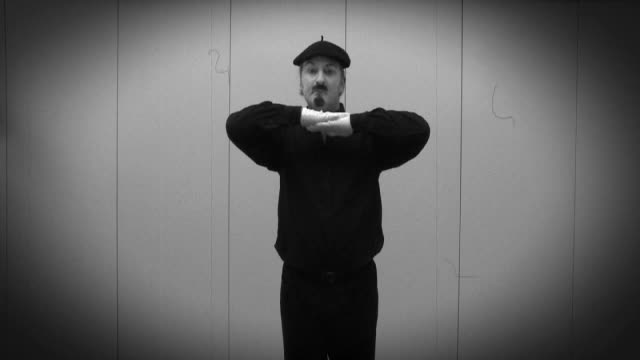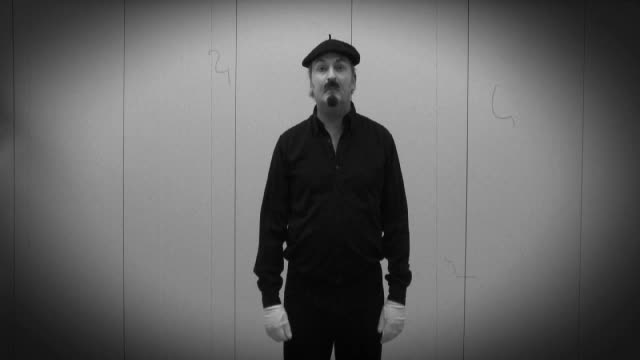Play Controls
Description
Video in French which explains what a tattoo is and the history of Polynesian tattoos through the story of Polynesian boy Fetuao who got his first tattoo when he was 12 years old in 1760.
The video also has French subtitles that can be switched on or off using the captions (CC) button.
The video is part of the Passeport pour la Francophonie website, a modern languages resource for primary learners.
Transcript
Teenage boy:
Bonjour! Bienvenue en Polynésie. Un peu d’histoire. Nous sommes en 1760.
Regardez un jeune garçon polynésien qui s’appelle Fetuao
Fetuao habite sur l’île de Bora Bora, en Polynésie.
Fetuao a 12 ans. Son père s’appelle Puni, c’est un grand guerrier et le chef des clans de l’île. Sa mère s’appelle Asoese. Il a une sœur aussi, qui s’appelle Emere et qui a 8 ans.
Aujourd’hui, c’est un grand jour pour Fetuao, car il va recevoir son premier 'TATAU'.
Qu’est-ce que c’est, un 'TATAU'? Regardez:
Qu’est-ce que c’est?
C’est noir et blanc.
C’est symétrique.
C’est un peu géométrique.
C’est symbolique
Oui, c’est… un tatouage!
Vous aimez les tatouages ? Vous oui, mais vos parents, non, j’en suis sûr(e)!
Eh bien, on pratique l’art du tatouage depuis longtemps en Polynésie, et le mot 'tatouage' est un mot d’origine polynésienne!
C’est le capitaine James Cook qui découvre les îles polynésiennes au 18e siècle, et qui entend le mot 'TATAU' et le transforme en 'TATTOO', qui fait en français 'TATOUAGE'.
En tahitien, le mot 'TATAU' signifie 'dessin inscrit dans la peau'
Pour les polynésiens, les tatouages représentent l’identité d’une personne et sa personnalité. Ils sont très importants!
Dans sa vie, Fetuao va recevoir beaucoup de tatouages sur tout son corps: regardez
Impressionnant, non?
Au revoir Fetuao!
Nana Fetuao!
Hello! Welcome to Polynesia. A little history. We are in 1760.
Look, a young Polynesian boy called Fetuao
Fetuao lives on the island of Bora Bora, Polynesia.
Fetuao is 12 years old, His father is called Puni, he is a great warrior and leader of the clans of the island. His mother's name is Asoese. He also has a sister called Emere who is 8 years old.
Today is a great day for Fetuao because he will receive its first "TATAU."
What is a "TATAU"? Watch:
What is it?
It is black and white.
It is symmetric.
It's a bit geometric.
It is symbolic
Yes, it is ... a tattoo!
Do you like tattoos? Yes you, but your parents, no, I'm sure!
Well, we have been practice the art of tattooing for a long time in Polynesia, and the word "tattoo" is a Polynesian word!
It was Captain James Cook who discovered the Polynesian islands in the 18th century, and hears the word "TATAU" and transforms it into "Tattoo", which in French is "TATTOO".
In Tahiti, the word "TATAU" means "drawing a mark on the skin"
For Polynesians, tattoos represent a person's identity and personality. They are very important!
Throughout his life, Fetuao will receive a lot of tattoos all over his body: look
Impressive, is it not?
Fetuao goodbye!
Nana Fetuao!
Download
- Low Quality 240p (8.3Mb)
- Medium Quality 360p (14.48Mb)
